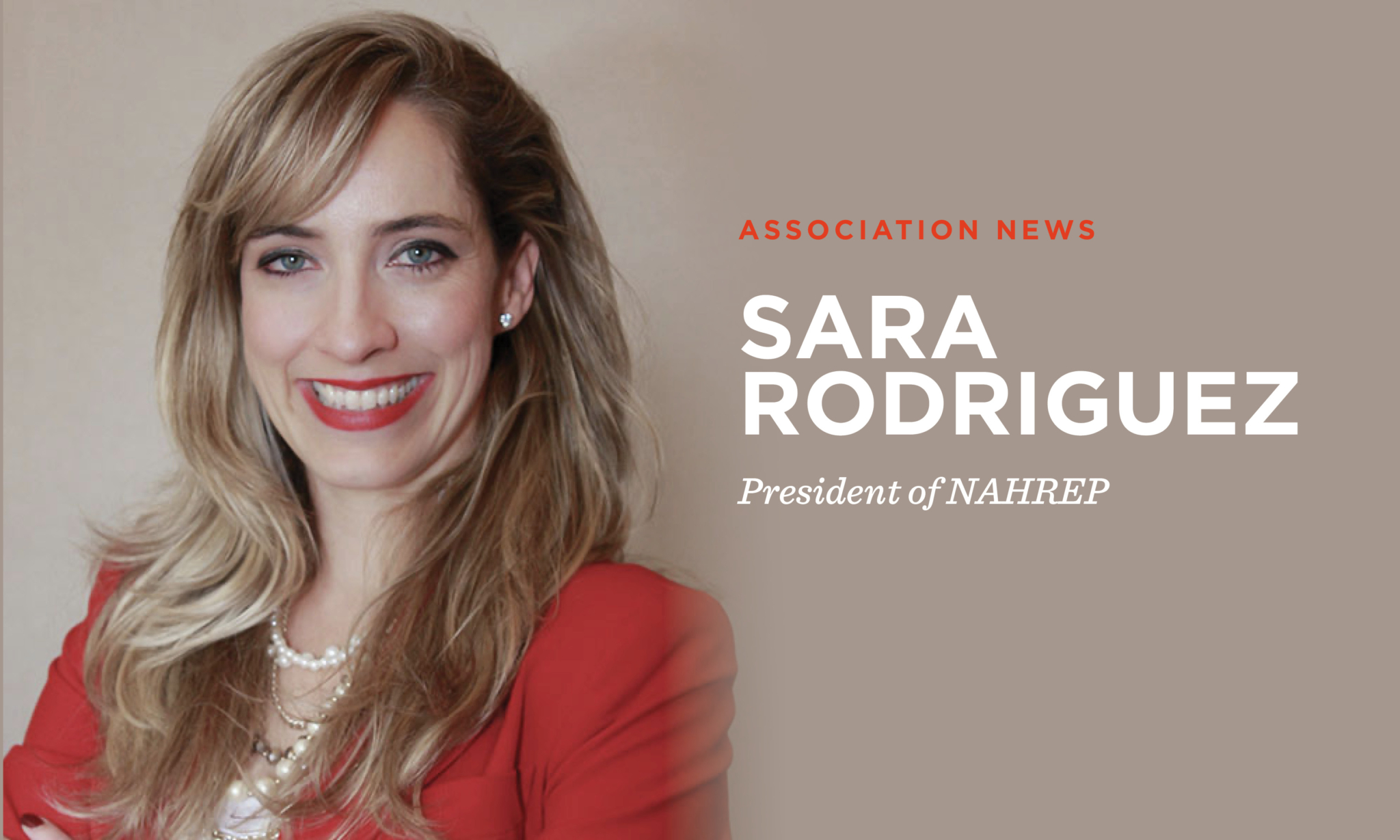
By Sara Rodriguez, President of NAHREP
It is important to preface a discussion about obstacles in Hispanic homeownership by emphasizing that Latinos are the only ethnic group to have had six years of continued homeownership growth.
Nonetheless, by far the greatest obstacle to homeownership is low housing inventory. Over the past decade, Latinos have accounted for over 40% of household formations, driving demand for homeownership. However, the supply of housing has not kept up with this demand, resulting in prices that push homeownership out of reach for many and make it impossible to get an offer accepted for others, despite the low-interest-rate environment.
One large and lingering obstacle revolves around pandemic recovery. For example, renters have been disproportionately impacted by job losses, given that they are more likely to be employed in industries hit hardest by the effects of stay-at-home orders. In a NAHREP survey taken during the height of the pandemic, only three out of five small-landlord respondents expressed some level of confidence in being able to cover their costs over the next three months, and according to a survey conducted for this year’s State of Hispanic Homeownership Report, 40.1% of landlord respondents feel unconfident about how to apply to the Emergency Rental Assistance Program. If renters cannot pay rent, their path to homeownership will be deterred.
Let’s look at the possible avenues for success. Paths to success include developing the resources and policies that will help us all come out of the pandemic stronger than before. As an industry, we need to secure a greater number of real estate and mortgage professionals who are culturally and professionally competent to help the growing number of mortgage-ready Latino homebuyers. Other possible solutions include promoting policies like the Community Reinvestment Act in order to end housing discrimination known as redlining and the expansion of federal tax credits such as the earned income tax credit, child tax credit, and child and dependent care tax credit.
There are four bills currently in Congress that have been endorsed by NAHREP:
- Housing Supply and Affordability Act would authorize a grant program for the development and implementation of housing supply and affordability plans.
- The Neighborhood Investment Act would allow federal tax credits for the purpose of neighborhood revitalization, and allow existing homeowners to stay in their homes.
- Yes in My Backyard (YIMBY) Act would encourage localities to advance policies that eliminate exclusionary zoning and artificial barriers to housing production.
- Build More Housing Near Transit Act would encourage coordination between transit agencies and local governments to align transportation investment with land-use and zoning policy, enabling more housing in transit-served areas.
More paths to successful policy suggestions can be accessed at https://nahrep.org/advocacy/nahrep-policy-agenda/.
Additionally, it will be critical that we tackle the nation’s construction labor shortage by passing comprehensive immigration reform. The current labor shortage in the U.S. is stifling business growth, particularly in the housing industry. This reform should include a temporary visa category that allows employers to petition foreign workers to fill the labor shortage in the construction industry, and provide these workers with a path toward legalization.
Also, access-to-credit issues can be solved by shifting federal policies that make it more difficult and more expensive for Latino borrowers. The first step will be for the Consumer Financial Protection Bureau to officially move away from using debt-to-income ratio as the sole determinant for qualified mortgage and adopting a more holistic approach to mortgage underwriting.
Additionally, the U.S. Treasury Department and Federal Housing Finance Agency should reverse the changes made to the Preferred Stock Purchase Agreement in January 2021 that restricts the volume of “high-risk” and second property loans Fannie Mae and Freddie Mac can purchase on the secondary market. This rule shift disproportionally impacts Latino borrowers, due to their relatively high debt-to-income ratios, lower down payments and lower credits scores overall. Additionally, Latinos are 25% more likely to purchase an investment property or second home, often at the expense of other investments, such as participating in retirement accounts.
Despite the inventory and credit challenges, Latinos are driving homeownership growth. The Urban Institute projects that this trend is only going to continue, with Latinos expected to make up 70% of homeownership growth between now and 2040. However, in order for these projections to come to bear, it is imperative that there be homes available to purchase and lending policies take into consideration the nuances of the Latino consumer.
This growth in Latino homeownership is happening despite policies mostly because of the demographic boom Latinos are experiencing right now. Given these demographic factors, coupled with an overwhelming desire for homeownership, Latinos could be even closer to bridging the white/Latino homeownership gap, were it not for these significant barriers.
